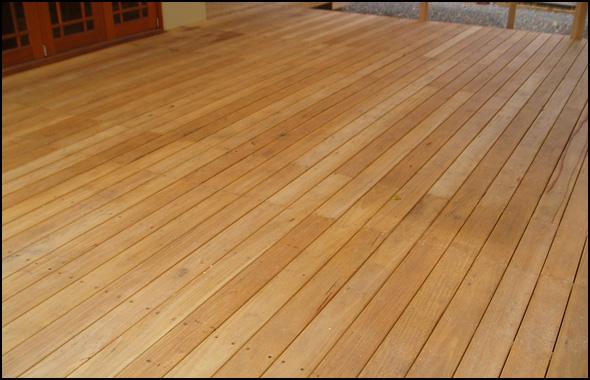Indoor/outdoor living is extremely popular in Australia, especially in the summer, and a large proportion of Australian houses have at least one usable outdoor space. Pine decking is becoming more and more popular in comparison to paving, concrete, tiling and even hardwood decking. Treated pine has a number of advantages over other surfacing options as it is easy to stain and paint, it can be more cost effective and the treating process makes it immune to bacteria, moisture, termites and fungal issues.
Planning and building with pine decking
Building your own deck doesn’t need to be a huge construction project, with good planning and preparation you can be sitting back admiring the view of your garden in no time. A couple of things to keep in mind are:
- Check with your local council about any planning permissions and building requirements as they will most likely have regulations regarding the type of footings to use.
- Design your deck to suit your needs and the area it is going to occupy, make sure you think about soil you are putting the footings in. Does it collect water or is it relatively dry and drains well?
- Choose your materials carefully, make sure to use galvanised or stainless steel fasteners to prevent rusting. Pine decking or treated pine can be more cost effective than hardwoods, is more versatile and can be take less maintenance in the long run.
- Ensure you have measured everything correctly, once you’ve cut your timber there is no going back.
Environmental impact of pine decking
Unlike hardwood timbers such as oak, redgum, mahogany, meranti or merbau, pine decking or treated pine is a softwood and are commonly grown in plantations. Pine trees reach maturity earlier than their hardwood counterparts and do not require as many resources such as water to produce it. Timber in general is considered to be a more environmentally friendly building material as it is sustainable and renewable, it absorbs carbon dioxide from the environment, it retains the carbon dioxide when it is harvested and it releases oxygen back into the environment.

